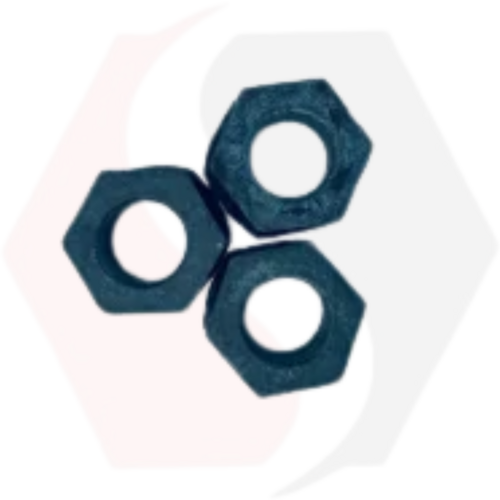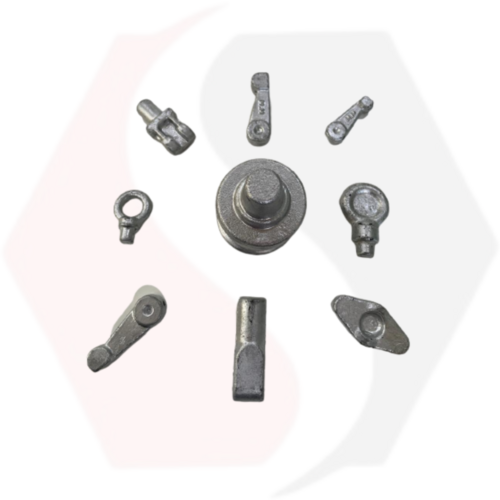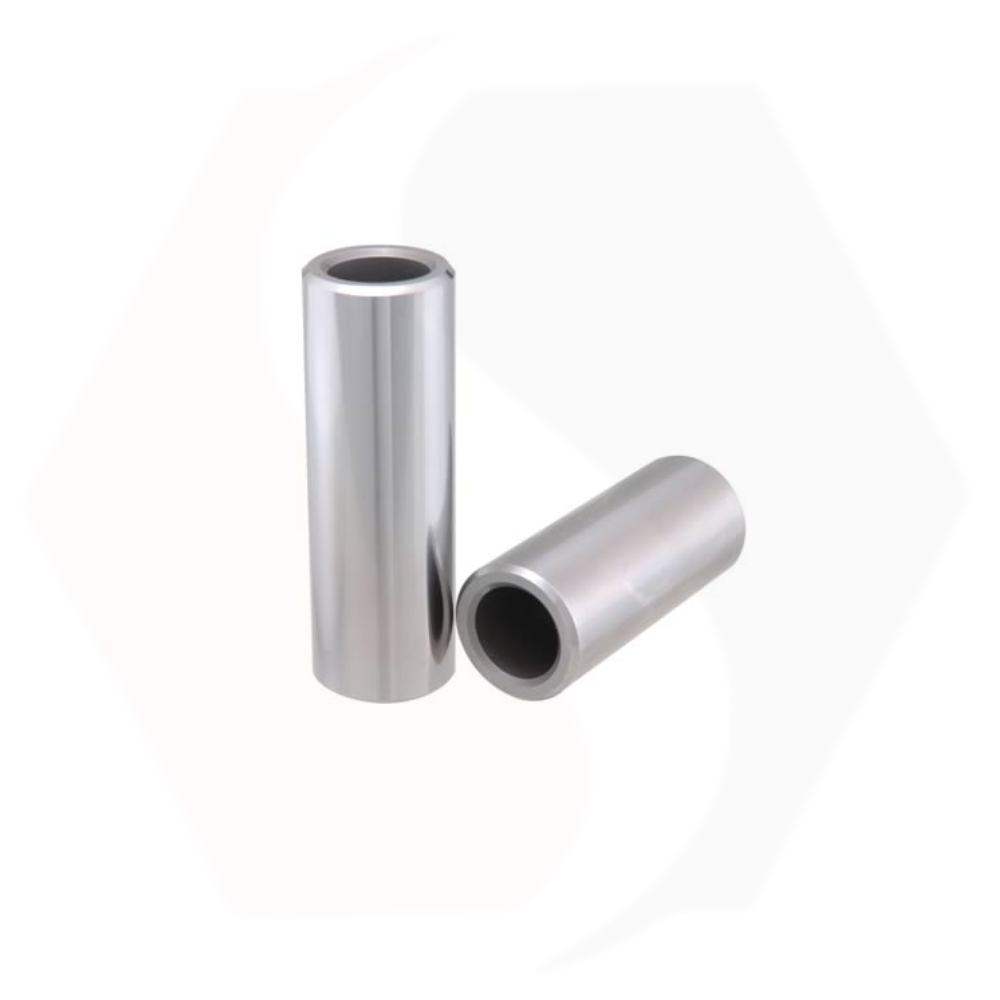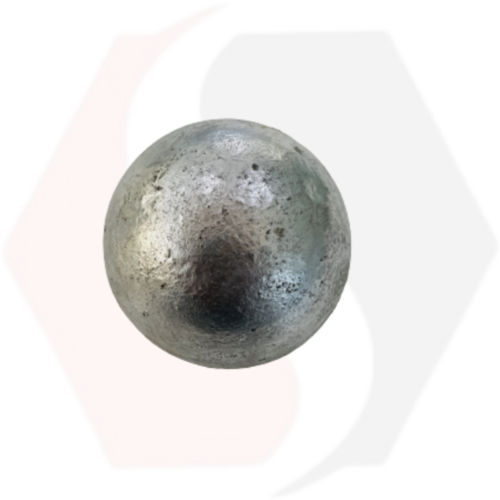Forging Components
Price 50.00 INR/ Piece
Forging Components Specification
- Surface Treatment
- zinc Plating
- Process
- Forging
- Product Type
- Forged Products
- Technology
- Forging
- Application
- Auto Parts
- Weight
- 30 gm to 7 kg Grams (g)
- Color
- Silver
Forging Components Trade Information
- Minimum Order Quantity
- 5000 Pieces
- Delivery Time
- 5 Days
- Main Export Market(s)
- Asia
- Main Domestic Market
- All India
- Certifications
- ISO 9001
About Forging Components
Forging components are metal parts that are shaped through the forging process, which involves deforming metal under high pressure to achieve the desired shape, strength, and structural integrity. This manufacturing method enhances the mechanical properties of the metal, resulting in superior durability, fatigue resistance, and performance compared to cast or machined parts.
Forged components are widely used in critical applications across industries such as automotive, aerospace, oil & gas, construction, agriculture, and heavy machinery. Common forging components include shafts, gears, flanges, rings, crankshafts, connecting rods, and various custom-shaped parts.
Forging can be performed through various methods such as hot forging, cold forging, warm forging, closed-die (impression-die) forging, and open-die forging, depending on the material and application requirements.
Keywords :
* Forging components
* Forged parts
* Metal forging
* Custom forged components
* Precision forging
* Industrial forging
* Closed-die forging
* Hot forging
* Forged metal parts
* Automotive forging components
* Aerospace forged parts
* Oil & gas forged fittings
* Heavy machinery forging
* Agricultural forged parts
* Construction equipment forgings
* Forged flanges
* Forged shafts
* Forged gears
* Forged rings
* Forged crankshafts
* Forged connecting rods
* Forged spindles
* Forged couplings
* Forged bolts and nuts
* Steel forging
* Alloy steel forging
* High-strength forged parts
* Durable forged components
* Heat-treated forging
* Machined forged parts
* ISO certified forging
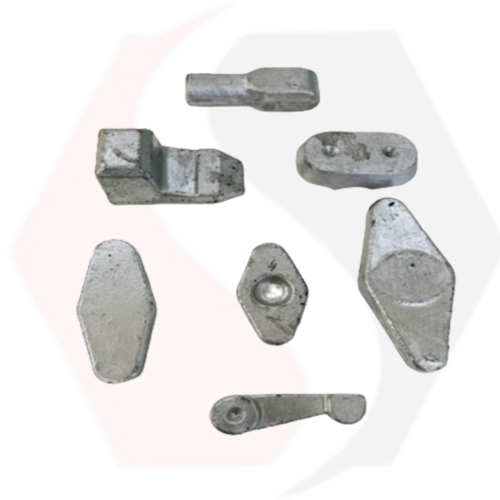
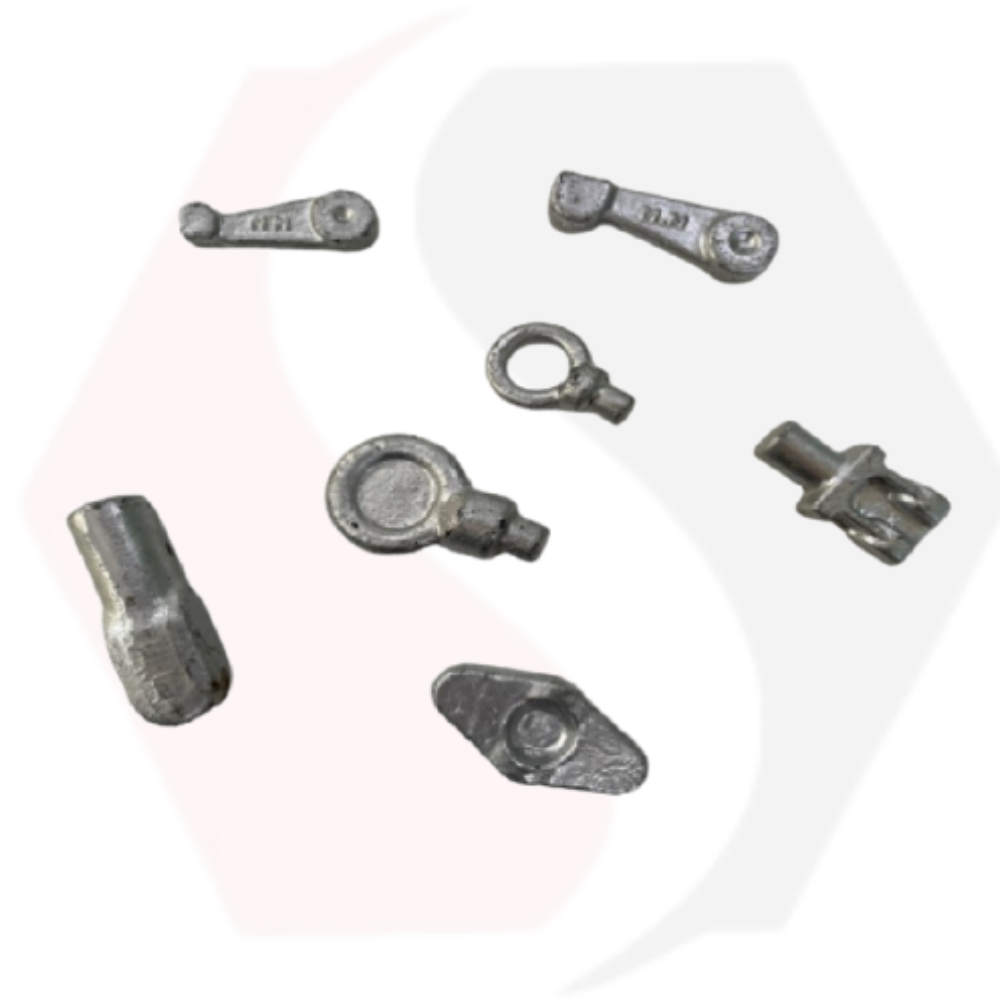



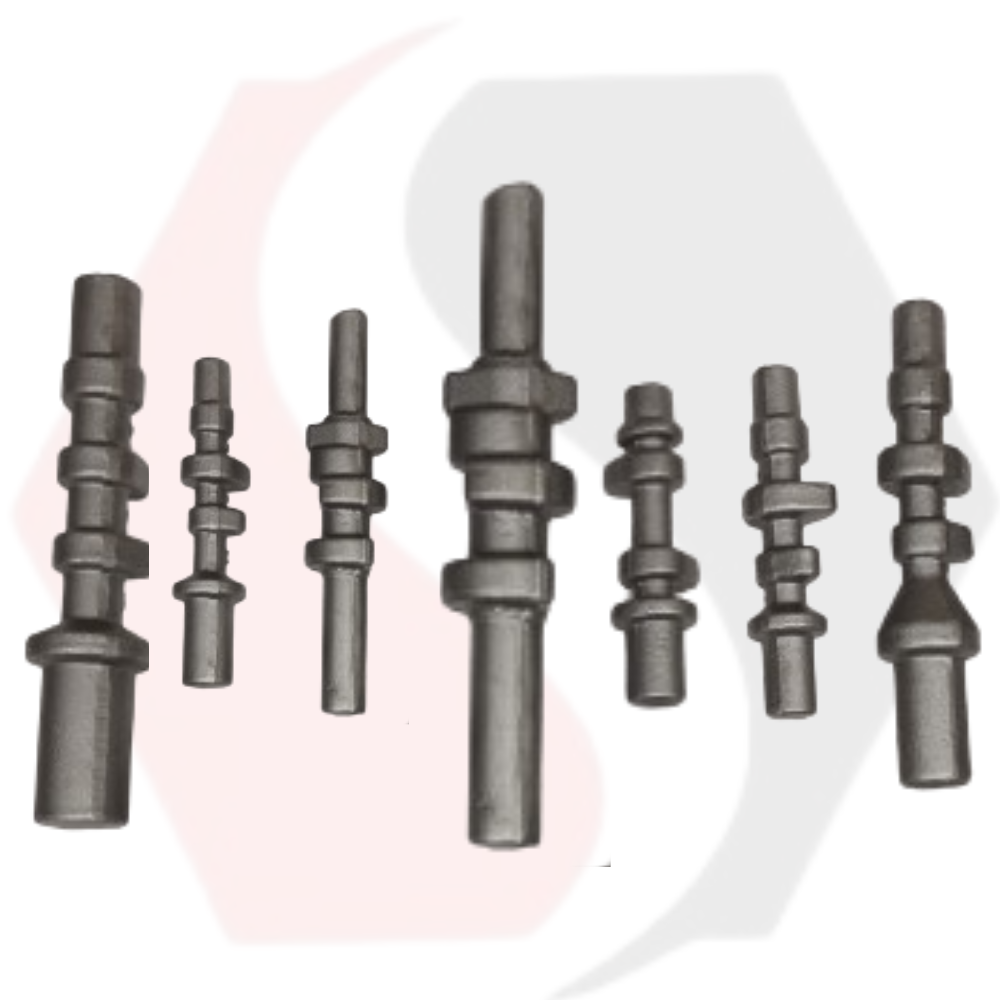
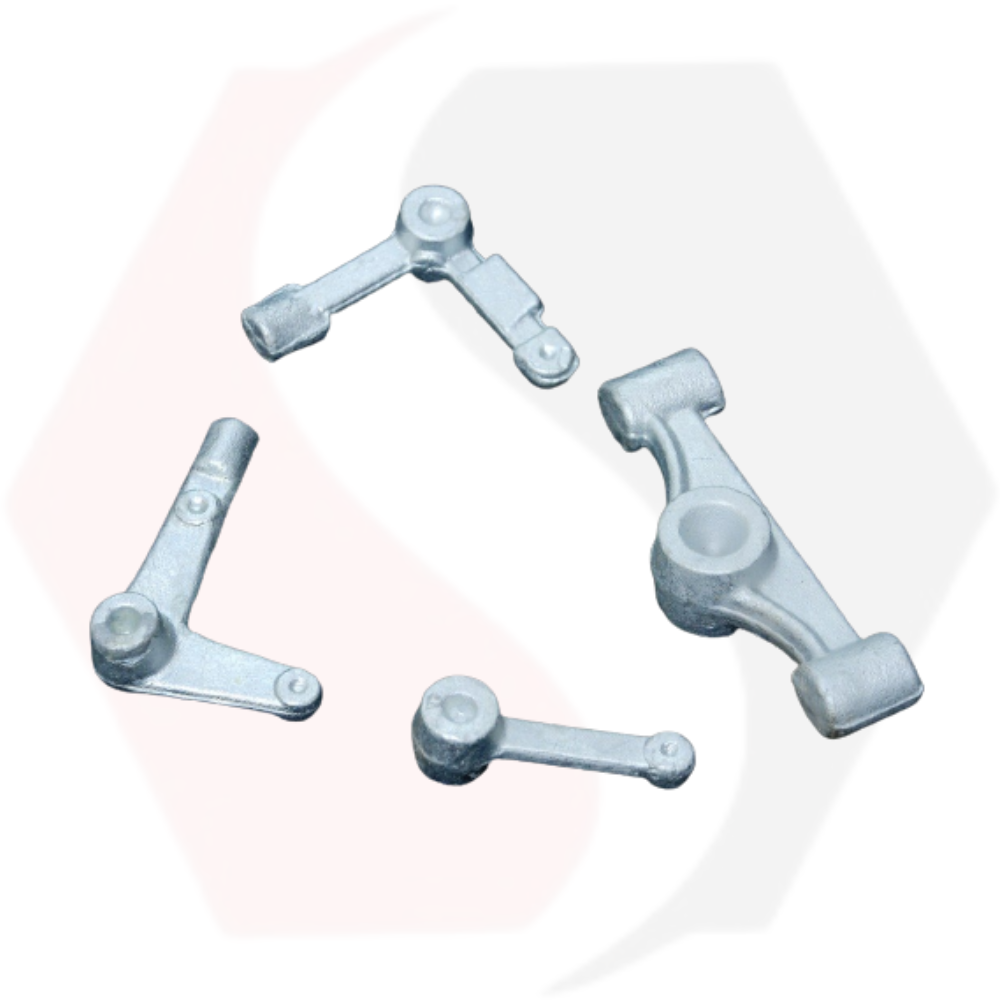


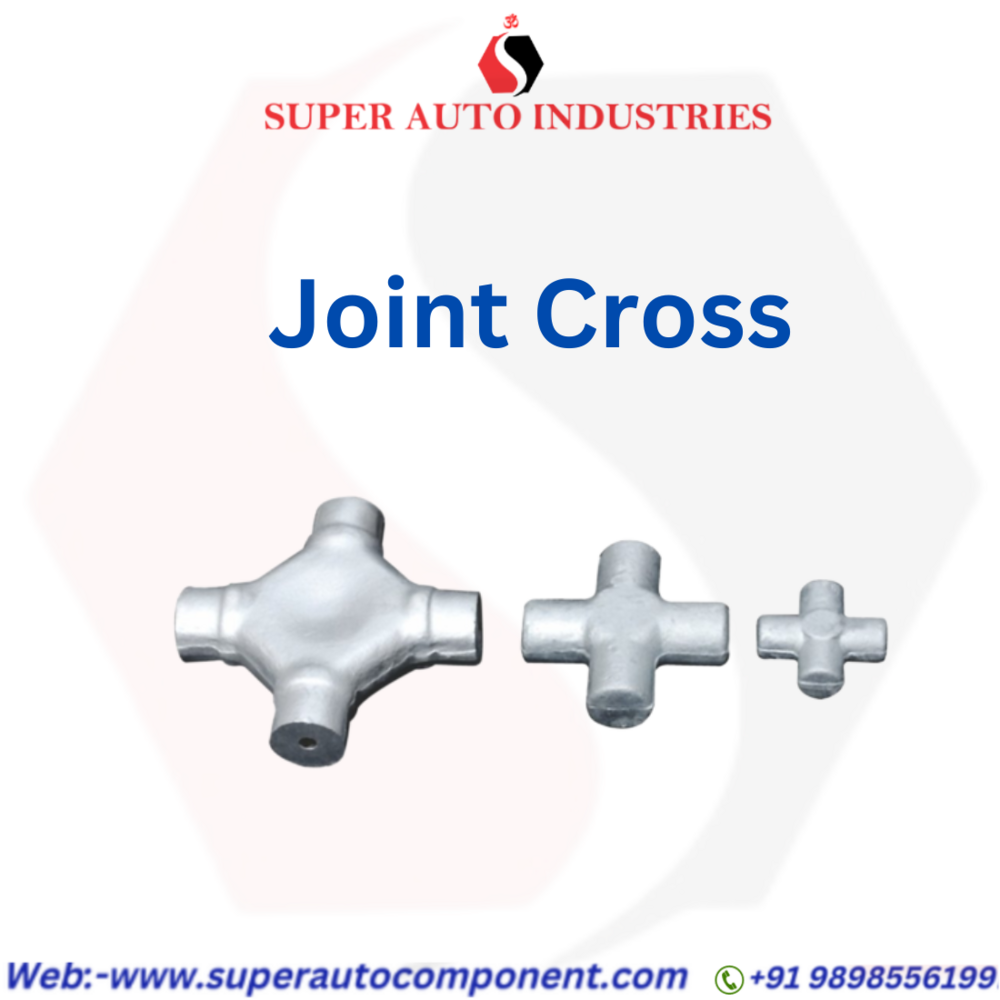
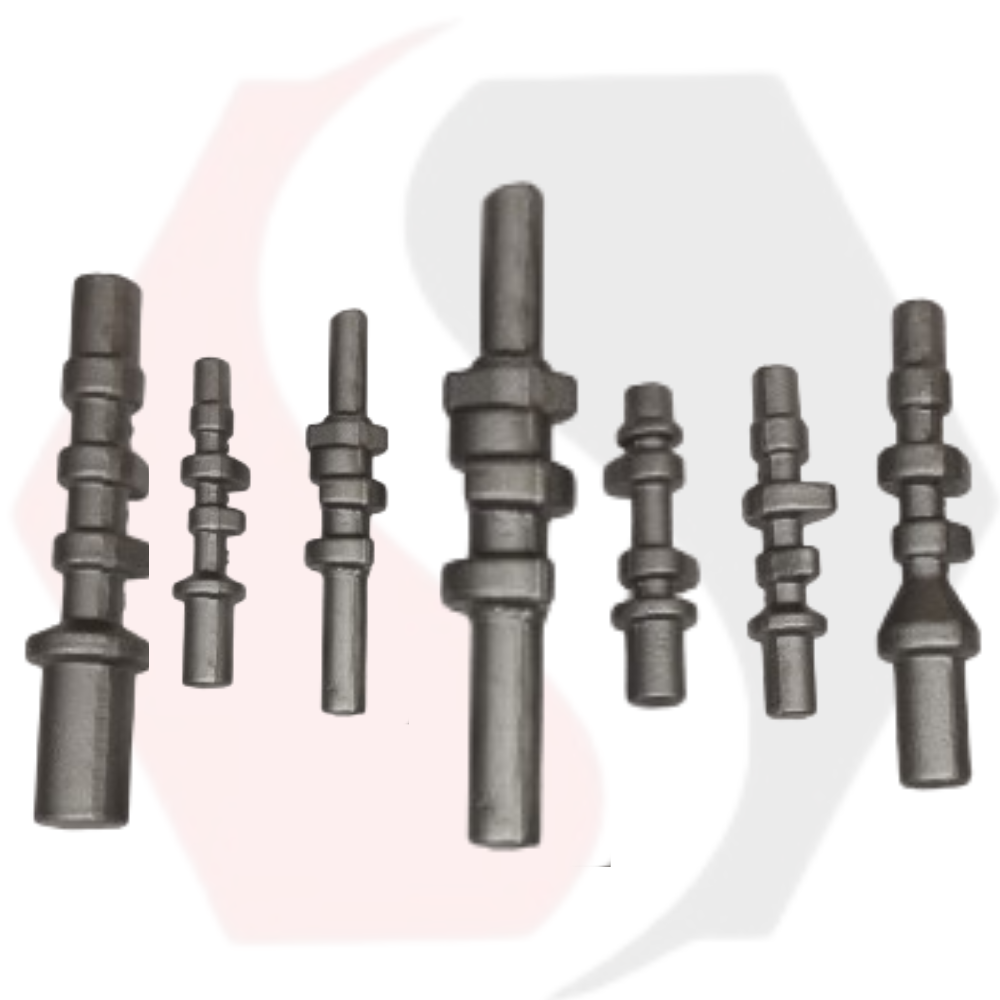

Price:
- 50
- 100
- 200
- 250
- 500
- 1000+
More Products in Forging Parts Category
Forged Slotted Round Nut
Price 49 INR / Piece
Minimum Order Quantity : 5000 Pieces
Technology : Forging
Application : Auto Parts
Product Type : Forged Products
Color : Black
MS Forging Parts
Price 40 INR / Piece
Minimum Order Quantity : 500 Pieces
Technology : Forging
Application : Auto Parts
Product Type : Forged Products
Color : Grey
Forged Couplings
Price 120 INR / Piece
Minimum Order Quantity : 5000 Pieces
Technology : Forging
Application : Other
Product Type : Forged Products
Forging Steel Balls
Price 50 INR / Piece
Minimum Order Quantity : 5000 Pieces
Technology : Forging
Application : Auto Parts
Product Type : Forged Products
Color : Black

 Send Inquiry
Send Inquiry
